Tomato "Kumir": description of the variety and technology of its cultivation
For those who love large-fruited high-yielding harvests, it is worth noticing such a variety of tomatoes as "Kumir". This entertaining type of tomato can bear fruit until late autumn, while others no longer bear fruit. At the same time, it is an early ripening variety, and already in the middle of summer you can please yourself with a ripe vegetable.
It was bred by our compatriots, and it is rightfully considered a proven and reliable type of tomato. "Idol" can be grown not only in greenhouses, but also in the open field. So what is this variety?
Content:
- Advantages and disadvantages
- Growing seedlings
- How to care for seedlings?
- Transplanting seedlings into the ground
- Proper care of this variety
- Pests and possible problems during cultivation
Advantages and disadvantages
Determinant standard variety, the fruit weight of which can reach 400 g. This is a tall plant up to 2 m in height, forming 2-3 stems. Resistant to many diseases and pests, including fungal infections.
Refers to medium early varieties, that is, the fruits ripen within 100-110 days.
With proper care, about 5 kg of tomatoes can be harvested from one plant. The fruits themselves are round, their skin is thin, they have good taste: juicy, have a rich tomato flavor. Divided into 4-6 chambers, they perfectly retain their appearance and transfer transportation.
Versatile for all types of cooking. So from them you can do:
- delicious rich juices that won't be watery
- roll into jars, and the tomatoes will not fall apart
- make sauces
- vitamin salads, although the "Kumir" tomato does not belong to salad
- dry and freeze, as the vegetable does not lose its taste even during heat treatment
This variety has obvious positives:
- ease of growing
- large fruit sizes
- high yield level
- long-term fruiting
- good resistance to various diseases and pests
However, there are also disadvantages:
- at the growth stage, the variety is quite capricious
- the stems are very weak, so support is needed
- whole fruit canning is unlikely due to its large size
All gardeners note that "Kumir" is convenient and beneficial in that it bears fruit almost until frost. Unlike other varieties, it also does not lose or change its taste throughout the growing season.
Growing seedlings
It is rather difficult to find “Idol” tomatoes on the shelves. Therefore, you can grow the variety in your greenhouse or outdoors. First you need to form seedlings from seeds. Sowing is usually done in mid-March. Defective samples must be taken before cultivation. To do this, you can soak the seeds in salted water for 10 minutes. After that, delete everything that was left to float.
To sow the seeds correctly, follow these instructions:
- Take a pot up to 8 cm deep and fill it up to the edge of 3 cm with moistened soil.
- Compact the soil well, then add more soil if necessary.
- Fill the container with seeds: 1 sq. cm - 1 seed.
- Top with regular soil over the rim of the pot and tamp.
- Cover the container with clear material. So you create the necessary microclimate with a humidity of 80-90%.
- Take to a warm place.The room temperature must be at least 20 ° C.
So in hot climates - more than 30 ° C, the shoots of "Kumir" will sprout within 4-5 days. At 25-27 ° C for 6-8 days. It is worth carefully sorting out the sprouts. The ripening rate depends both on the sowing depth and on the condition of the seeds themselves.
How to care for seedlings?
The strongest and strongest shoots are those that have sprung up in a group. The former and the latter are rarely hardy and can be thrown away. Only 30% of the entire batch are of high quality.
Care Tips:
- Watering... After germination, the Kumir tomatoes need to provide the sprouts with access to the sun and place them on a windowsill or any other well-lit place. Daylight hours should be at least 16 hours. It is equally important to keep the seedlings in extreme conditions of high humidity. It is recommended to keep the shoots under glass or plastic. Do not allow the soil to dry out and, if the soil dries out quickly, you need to spray the plants with water from a spray bottle. After 10-15 days, this protection can be removed. After it is necessary to water the seedlings in proportion to the growth rate and quantity lighting... The faster the shoots stretch, the more moisture they absorb. But the bay of the plant is also dangerous - the leaves can wither and lose their elasticity.
- Fresh air. Fresh air is equally important for the good growth of the seedlings. If it's a warm, windless day outside, you can take the pots out onto the balcony and let the variety warm up. You should be careful, if on the first day it was not possible to take the seedlings out into the air, then the "Idol" did not develop immunity and you will have to gradually accustom him to the street.
- Fertilizers. Seedlings need fertilization 2-3 weeks after germination. Ideal nutrients - organic: from manure or grass. In the future, you need to fertilize the seedlings every week.
Transplanting seedlings into the ground
There are several stages picks:
- The first is carried out when the sprouts have just appeared and they need to be distributed in containers. In this case, you should not pinch them or damage the still fragile roots in any other way.
- The second is carried out in 2-3 weeks in larger pots. For one plant, there is enough capacity for 1 liter, the pots will have nowhere to put.
- The third stage is planting seedlings directly into open ground, a greenhouse or onto a balcony. After the first flower brushes appear, and this happens somewhere in 45-60 days, you can wait a week and start picking. It is important not to overexpose tomato in small pots, otherwise the variety will not develop to the required size and will not give the expected yield. And for "Idol" this is a significant loss!
The land for cultivation can be prepared in the fall. To do this, it needs to be fertilized. compost, eggshells and ash... Tomatoes, unlike other vegetables, respond well to slightly alkaline soil.
Note! If the soil is warmed up before planting, the tomatoes will grow faster.
Since this is a determinant plant, the bush must be formed into two or three stems. It is important not to forget to put supports, because the branches of the variety quickly break under the weight of the fruit. They need to be installed before planting seedlings and during the formation of stems, if it is sowing. Evenly in three bushes per square meter. Without garters and props, your plant simply won't survive!
Proper care of this variety
One of the most important conditions for the growth of "Kumir", like any other variety tomato, is the formation of a bush. Pinching, that is, pinching a plant, is a procedure for removing new stepchildren, which take over all the nutrients from the roots and do not slow down the development of the stems. Removing them will help the tomatoes grow faster and not overload the shoots.
It is important to keep an eye on the growth point early on. You can accidentally pinch a bush and lose a significant part of the fruit. In northern and mid-latitudes, it is recommended to trim the leaves at the bottom of the stem before each fresh set. A few leaves are enough for normal photosynthesis.For this strip, it is better to hide the tomatoes under a film or grow in a greenhouse.
For southern latitudes, on the contrary, it is not advised to cut tomatoes so much, this will lead to the fact that the fruits and the plant itself overheat and dry out.
After planting the plants, they must be watered with warm water. The stems planted in the ground on hot days need to be moistened in the evening, on cold days - once every 2-3 days. It is good to immediately start feeding with fertilizers with nitrogen and phosphorus. Saplings "Kumir" respond well to minerals.
Pests and possible problems during cultivation
With a lack of potassium or irregular watering, a disease such as top rot of tomatoes occurs. There is no way to deal with it, you can only conduct prevention courses. The most common pest of tomato varieties "Kumir" - late blight... It is a fungus that infects plants outdoors. It progresses in cold and rainy weather.
Phytophthora manifests itself as follows:
- leaves turn brown, the lower part is covered with spots
- the stems turn black
- black spots form on tomatoes
You can eliminate the fungus with the help of fungicides, such as "Previkur", "Topaz" etc.
One of the harmful insects is the Colorado potato beetle. It is widespread in the southern regions and poses a great danger to tomato... The pest climbs into the ground for the winter, and gets out with the onset of spring. The beetle eats leaves and stems of plants, laying eggs in parallel. In less than twenty days, a pest can destroy a bush. There are several ways to deal with it: pick it up by hand or spray it with chemicals.
As a preventive measure, you often need to loosen the ground. Gardeners are advised to plant near a plant with a pungent smell - garlic, calendula, legumes. They can scare off the Colorado potato beetle. It is a fairly easy cultivar to breed and with proper care, a large yield is guaranteed.
More information can be found in the video:



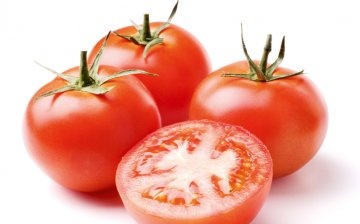
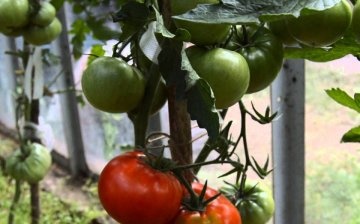
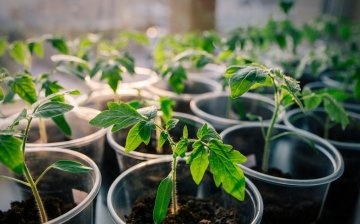
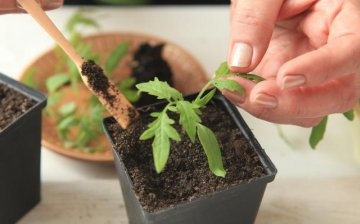
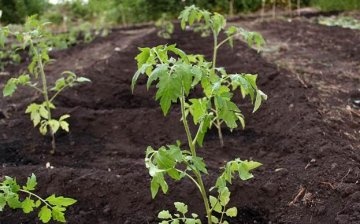
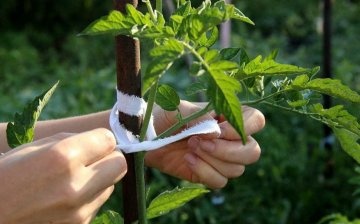
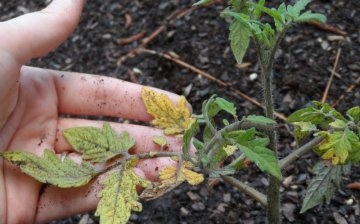







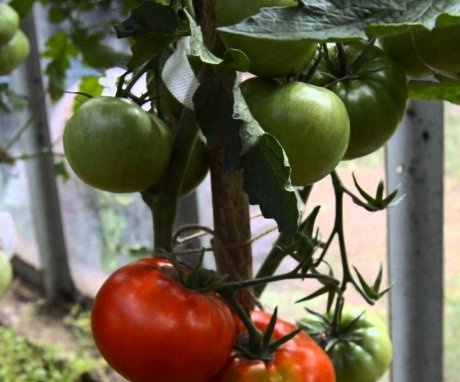
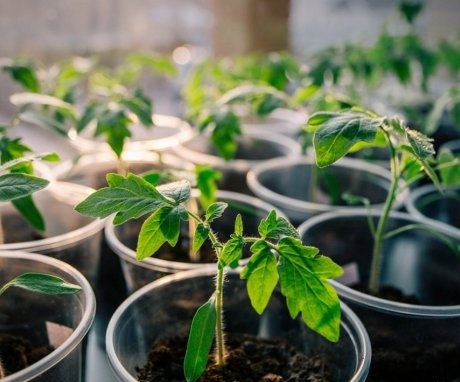
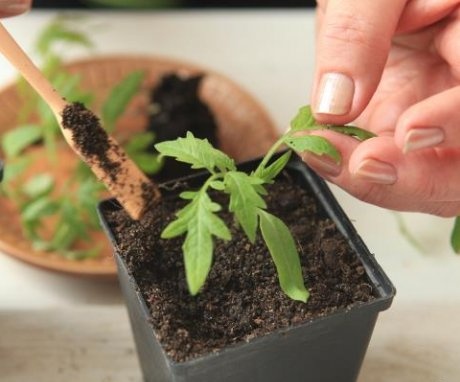
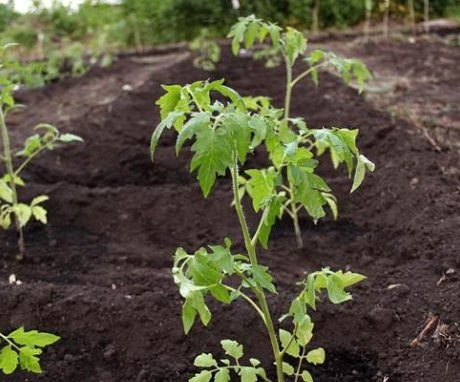
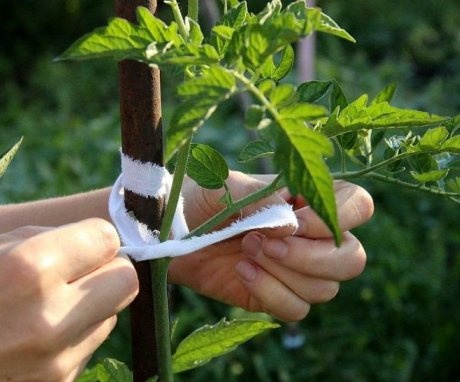
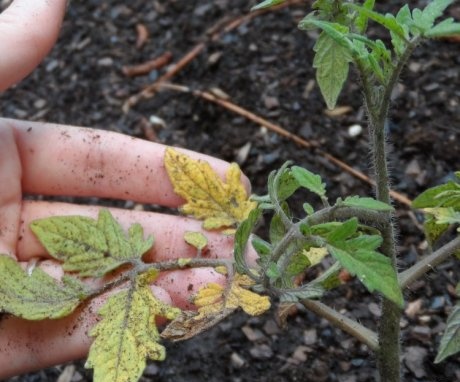
In my opinion, this is an excellent variety of tomatoes. As for its whims, during growth, it is necessary to spray the bushes with phytosporin in time, as well as water and fertilize correctly. I don’t know how tomatoes ripen until late autumn, because in order for them to turn red, you need the sun's warmth and light. We usually have a lot of tomatoes in September, but they ripen very slowly.
The variety is good, but very large tomatoes, suitable only for tomato, or for ordinary consumption, who wants to preserve jars of pickles will have to look at another variety.